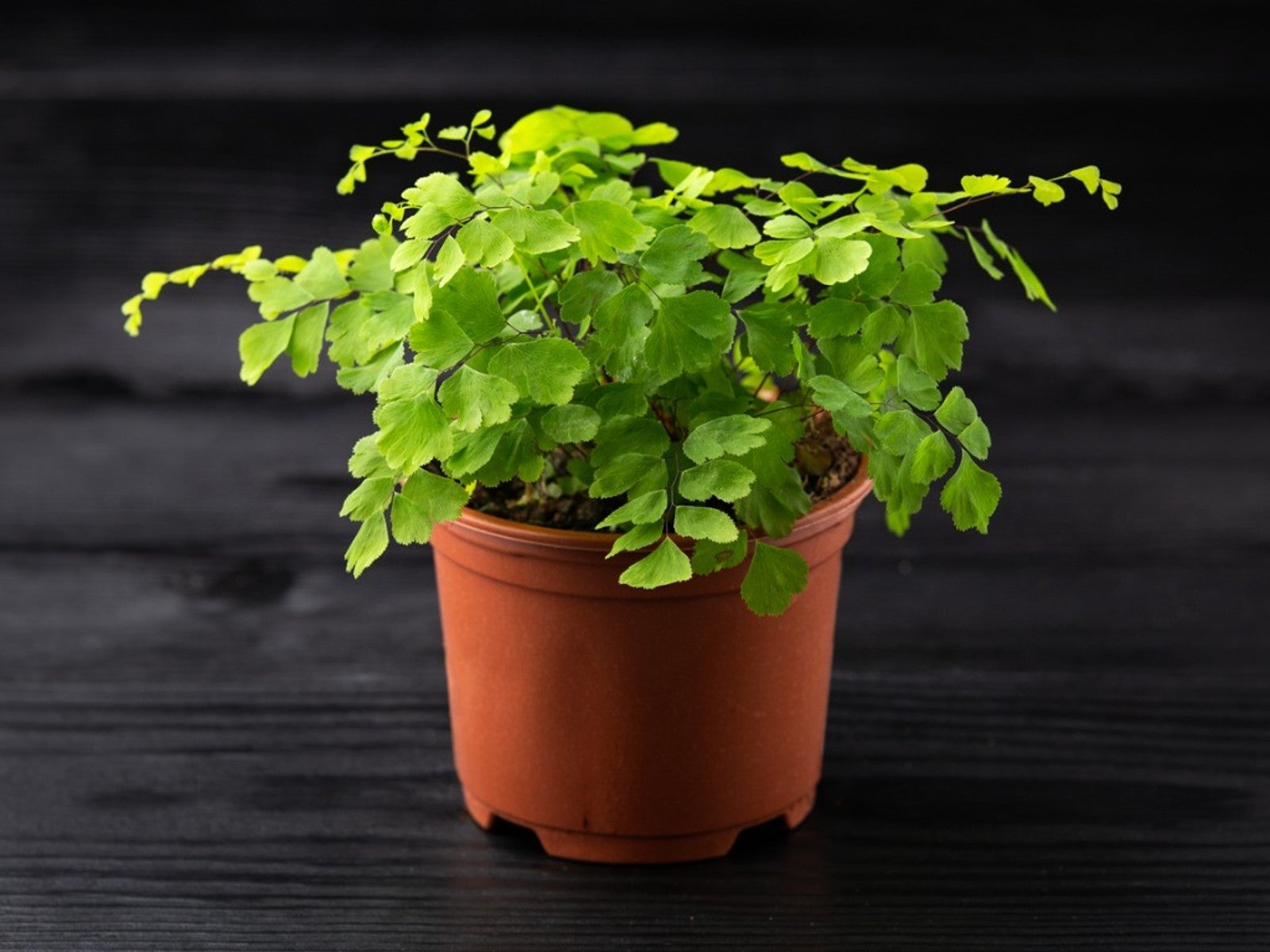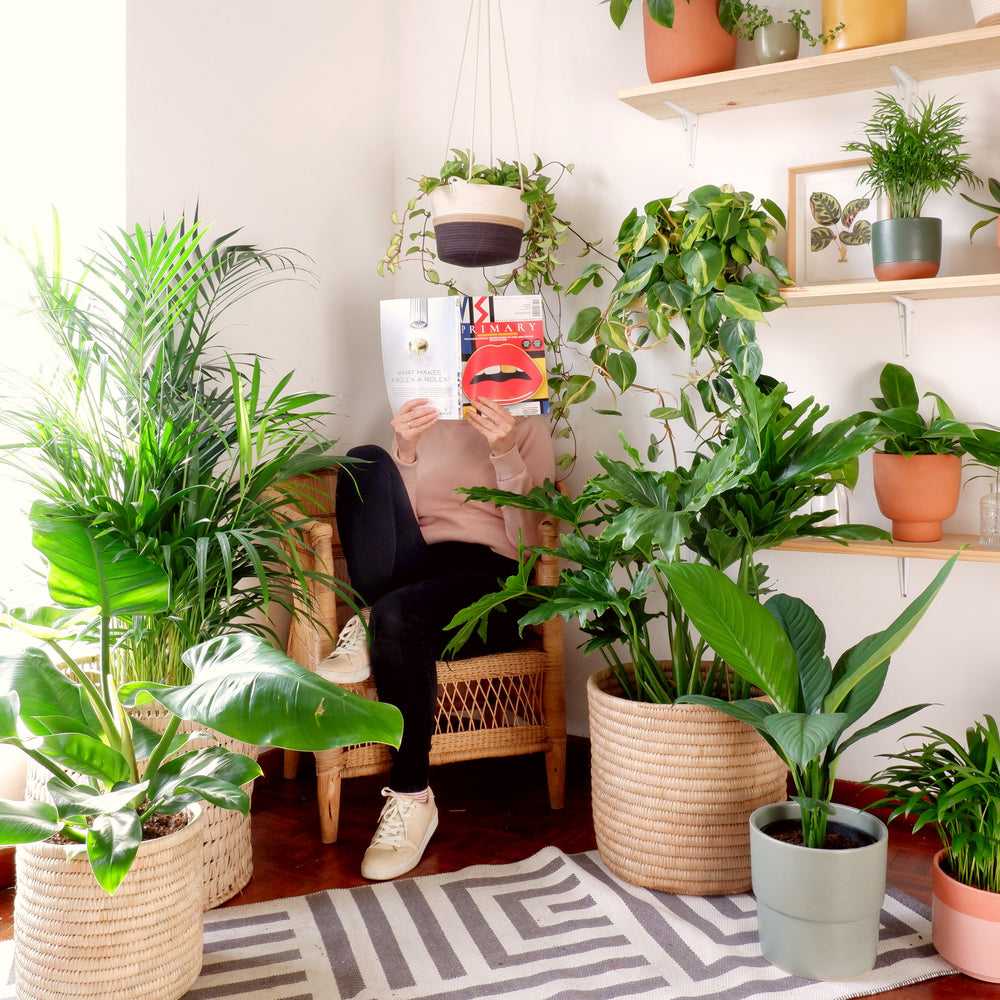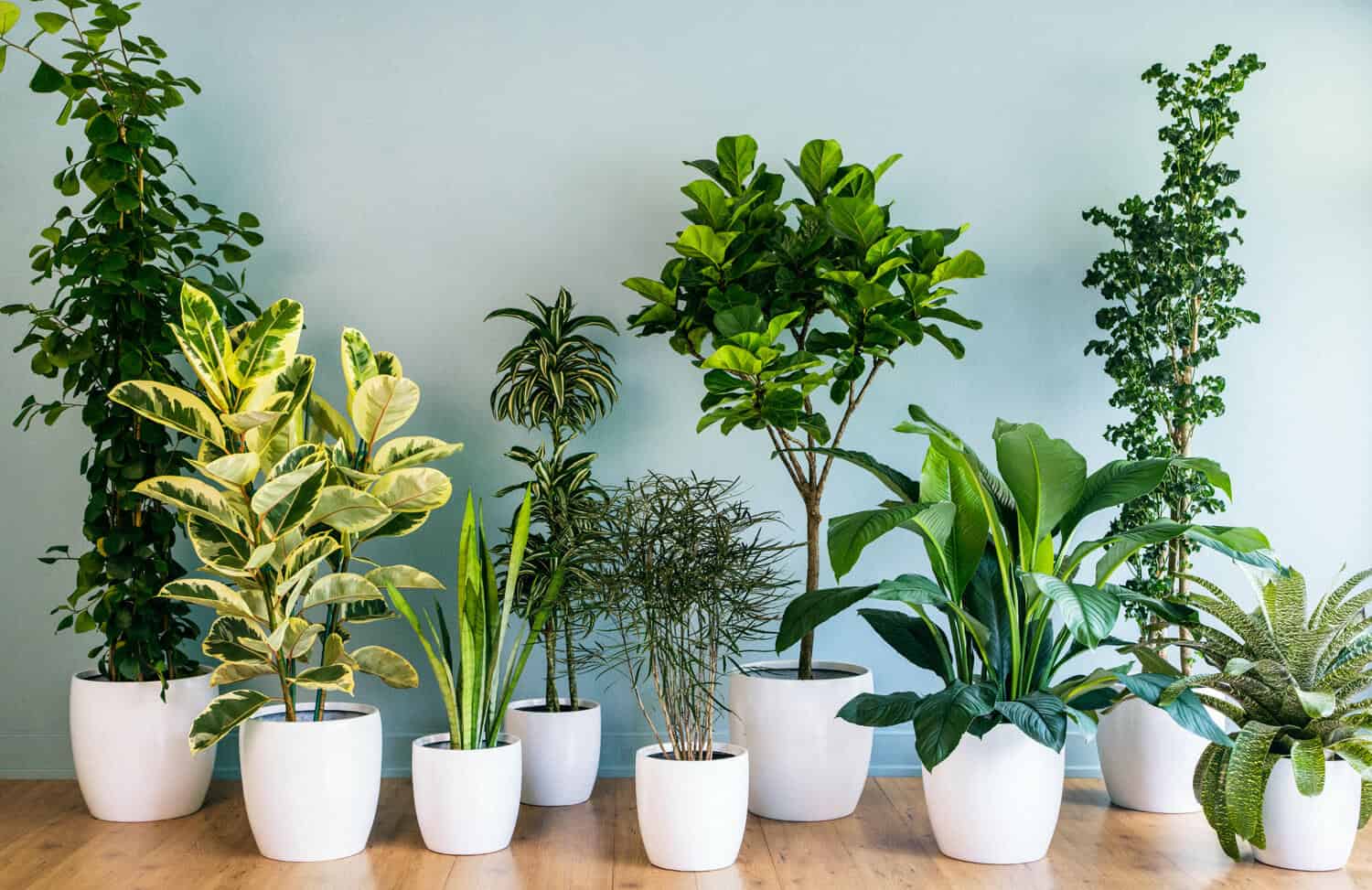Best Low-Light Indoor Plants That Thrive with Minimal Sunlight
Best Low-Light Indoor Plants That Thrive with Minimal Sunlight
Blog Article
Discover the Tricks of Low-Light Indoor Plants and Exactly How They Improve Your Setting
Low-light indoor plants have actually gathered raising attention for their special ability to improve both aesthetic appeal and ecological high quality within homes and offices. These resilient types, including the Snake Plant and Tranquility Lily, not just prosper in tough lighting problems but additionally play a critical function in air purification and psychological well-being. Recognizing the details advantages and care requirements of these plants can dramatically affect your living space. As we explore the ins and outs of their benefits, you may discover insights that can change your environments in unforeseen ways.
Benefits of Low-Light Indoor Plants
Although several individuals assume that indoor plants require bountiful sunlight to flourish, low-light indoor plants use a wide range of benefits that make them ideal for numerous atmospheres. Among the main advantages is their versatility; they can prosper precede with limited all-natural light, such as workplaces, cellars, or rooms with little home windows. This feature permits individuals to boost their environments with greenery, adding to boosted aesthetic appeals without the need for substantial lighting modifications.
Furthermore, low-light indoor plants can dramatically boost indoor air high quality by filtering system unsafe toxins and releasing oxygen, making living areas healthier. Research has actually shown that certain ranges can soak up toxins, hence promoting a cleaner ambience. In addition, they can improve psychological wellness by minimizing tension and raising productivity. The existence of plants has been linked to better sensations of harmony and focus.
In addition, low-light plants commonly require less maintenance than their sun-loving counterparts, making them optimal for hectic people or those brand-new to horticulture. Their durability allows them to love very little intervention, hence offering a gratifying experience for plant lovers and beginners alike. In recap, low-light indoor plants offer both visual and practical objectives, making them useful enhancements to any type of area.
Leading Low-Light Plant Varieties
Low-light interior plants come in a range of types, each offering distinct features and benefits matched for dark environments. Among one of the most popular selections is the Serpent Plant (Sansevieria), understood for its air-purifying abilities and architectural leaves. This resistant plant prospers on neglect and can endure a vast array of light conditions.
An additional exceptional option is the ZZ Plant (Zamioculcas zamiifolia), which features glossy, dark eco-friendly fallen leaves and is very drought-tolerant. Its adaptability makes it a preferred for offices and homes with minimal sunshine.
The Pothos (Epipremnum aureum) is additionally a leading challenger, with its trailing vines and heart-shaped leaves - Best low-light indoor plants. This functional plant can be trained to climb up or waterfall, adding visual rate of interest to any room

Treatment Tips for Low-Light Plants
Taking care of low-light interior plants requires a nuanced understanding of their details needs to make sure optimum development and vigor. First, it is necessary to select the appropriate potting mix, as a well-draining dirt is essential to avoid root rot. A mix made for houseplants, often including peat moss and perlite, functions well for a lot of low-light varieties.
Watering is another vital element of care. Low-light plants generally call for much less constant watering compared to their sun-loving counterparts.
Fertilization must be come close to with care. During the growing season, a watered down liquid plant food can be used monthly, but in winter season, lots of low-light plants enter inactivity and call for little to no fertilization.
Finally, it's crucial to periodically clean up the fallen leaves to eliminate dust, permitting far better light absorption. By sticking to these care tips, you can cultivate a thriving setting for your low-light indoor plants, improving both their look and durability.
Enhancing Air Top Quality With Plants
Interior plants play a considerable role in boosting air quality within homes and workplace. With the procedure of photosynthesis, these plants take in co2 and release oxygen, adding to a much healthier environment. Additionally, particular view low-light indoor plants possess the capability to filter dangerous pollutants, such as formaldehyde, trichloroethylene, and benzene, which are frequently found in interior settings.

Furthermore, the presence of interior plants can boost humidity degrees, which helps reduce completely dry skin and respiratory system problems, further boosting overall wellness. This capacity to boost air high quality not only promotes physical health and wellness however also sustains mental health.
Incorporating low-light indoor plants into your living and functioning areas can lead to an extra lively and stimulating atmosphere (Best low-light indoor plants). Spending in these all-natural air cleansers is an easy yet effective approach for click here for info improving interior air high quality and promoting a much healthier lifestyle
Producing a Tranquil Indoor Area
The assimilation of plants right into living areas not only enhances air quality but also contributes to a relaxing ambience. Low-light interior plants, such as snake plants and pothos, are particularly efficient in creating a tranquil atmosphere, as they flourish in conditions that may otherwise be unwelcoming for various other plant. Their rich vegetation supplies a relaxing visual, minimizing stress and promoting leisure.
Including these plants right into your office or home can evoke a sense of tranquility and health. Purposefully positioning them in locations where you invest significant time, such as living offices or rooms, allows for an immersive experience with nature, which has been shown to enhance mood and cognitive feature.
Additionally, the gentle motion of leaves in feedback to air movement can produce a vibrant visual element that boosts the overall ambiance. Take into consideration utilizing a range of plant heights and appearances to add depth and rate of interest to your area. With thoughtful positioning and treatment, low-light indoor plants can transform any type of area into a serene refuge, fostering not just aesthetic contentment yet additionally psychological and emotional health.

Verdict
Incorporating low-light indoor plants into different settings yields significant advantages, including boosted air quality and improved aesthetic allure. The transformative power of low-light plants highlights their value in improving both household and occupational setups.
Although many people assume that indoor plants call for abundant sunshine to flourish, low-light interior plants supply a wide range of benefits that make them excellent for various settings.In addition, low-light indoor plants can considerably enhance interior air top quality by releasing and filtering damaging Get More Info toxic substances oxygen, making living spaces healthier. In addition, particular low-light interior plants possess the ability to filter hazardous contaminants, such as benzene, formaldehyde, and trichloroethylene, which are generally located in interior atmospheres.
Low-light indoor plants, such as snake plants and pothos, are particularly reliable in developing a tranquil setting, as they flourish in problems that may otherwise be inhospitable for various other greenery.Including low-light interior plants into different environments yields significant advantages, including improved air quality and boosted aesthetic allure.
Report this page